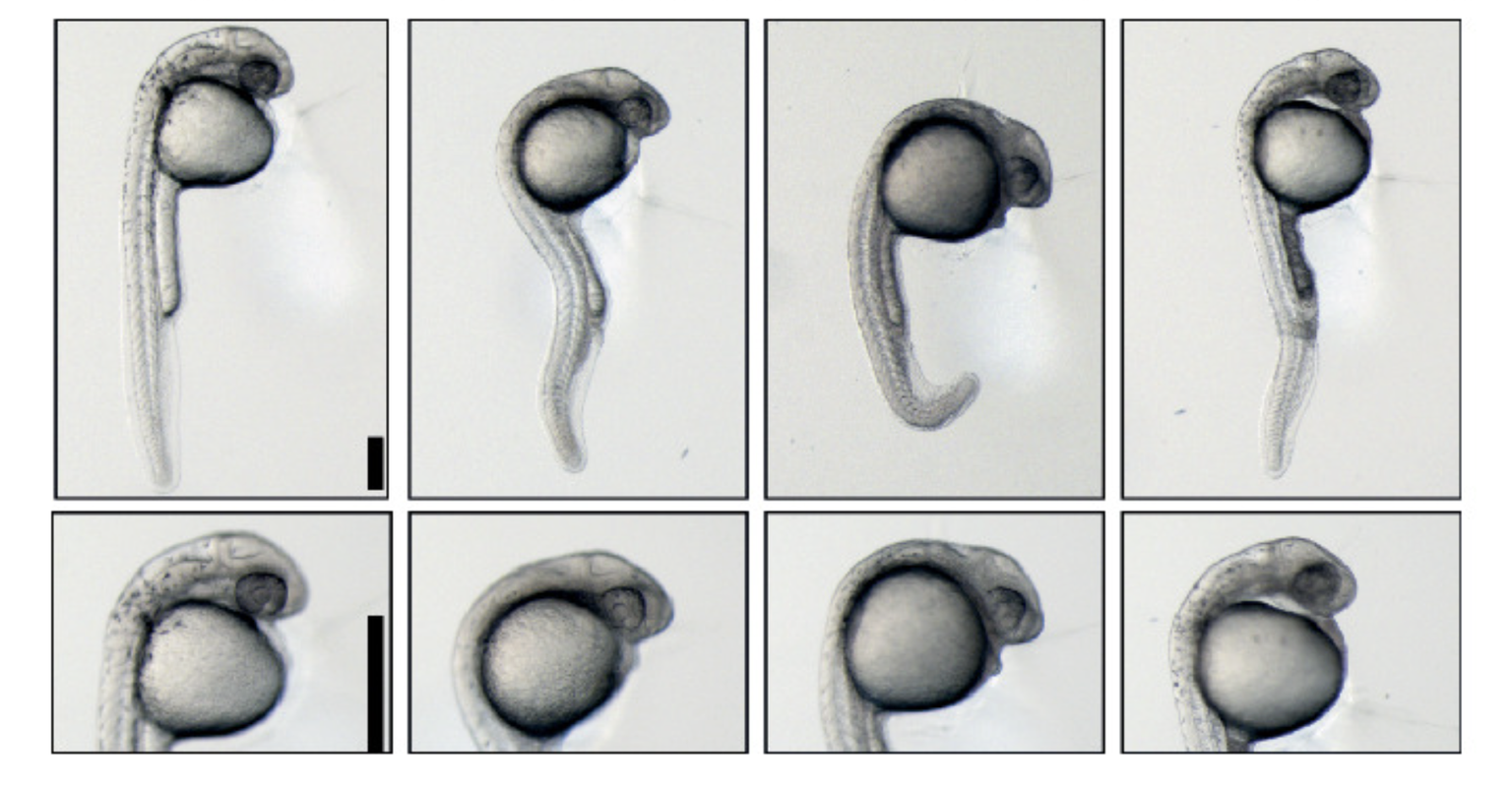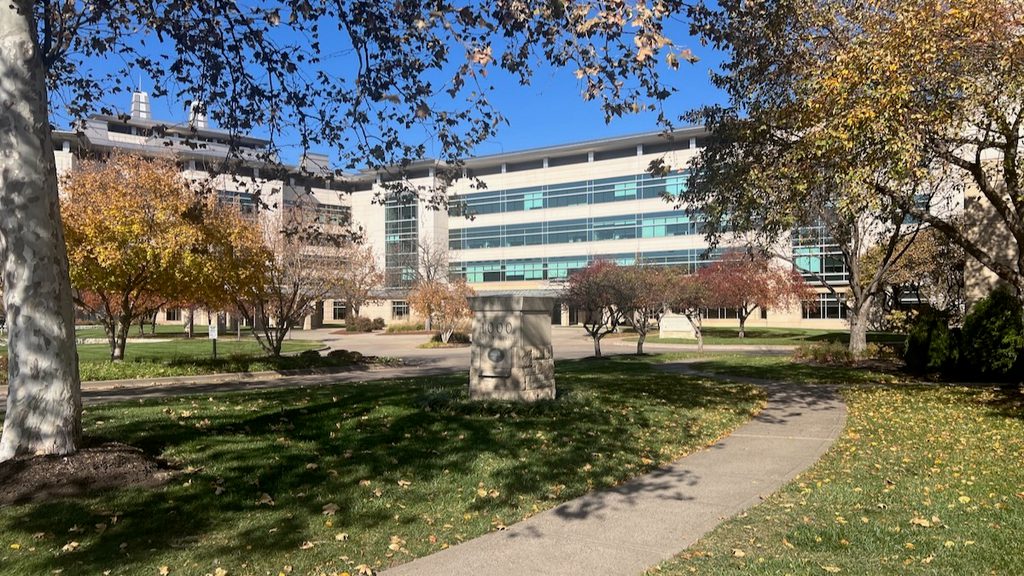#Stowers25: Celebrating 25 Years
24 November 2025
Stowers Institute celebrates 25 years of foundational research at Anniversary Symposium
25 Years of Discovery, Innovation, and Hope
Read Article
KANSAS CITY, MO—For Stowers researchers “flipping flies”—the tedious chore of transferring fruit flies to vials with fresh food—is a thing of the past. The time-consuming task has been taken over by a custom-designed, fully automated live-transfer robot recently installed at the Stowers Institute for Medical Research; making the institute one of only three research institutions worldwide to operate a fly-flipping robot.
“If you have to transfer 1500 different fly stocks every two weeks in order to maintain over 1500 different lines as we do, it’s difficult, it’s time-consuming, it’s repetitive and it requires absolute attention to detail,” says Stowers investigator Scott Hawley, Ph.D., who has been working with fruit flies for the last four decades. “It is a very painstaking and difficult task if you ask a person to do it. But if you turn the job over to a robot, it does it really, really well.”
Fruit flies, mostly the commonly used species Drosophila melanogaster, are kept in small plastic vials stoppered with cotton wool. The flies feed on a mixture of dried yeast molasses, sugar and cornmeal thickened with agar, which sits at the bottom of the vial. Under ideal conditions, the flies breed very quickly and can go from egg to egg-laying in less than 10 days.
The flies’ short generation time makes D. melanogaster an ideal experimental system to study everything from embryonic development to rare diseases, but it also means that every two weeks or so researchers have to transfer their fly colonies into vials with fresh food.
“There are approximately 10,000 vials of fruit flies among eight research labs kept at any one time at the Stowers Institute,” says David Karr, Head of Technical Services & Lab Support, who oversees the operation of the fly robot. “That translates into a lot of man hours spent on maintaining all these lines increasing the risk for human error and repetitive motion injuries.”
A robot neither gets distracted nor carpal tunnel syndrome. Equipped with a so-called hotel system that triples the load capacity of previous systems, the live-transfer robot can handle 864 vials in one run, which equates to approximately 8.5 hours of unattended operation.
After the trays with the old and new vials have been loaded, the robot grabs the vials one by one, reads the barcode label on the old vial and prints and affixes a duplicate label to a new vial. It anesthetizes the flies with CO2 gas, positions the unplugged old and new vials so the openings are facing each other and with puff of air blasts the motionless flies into the new vial. The vials are re-plugged and returned to their respective trays. Simultaneously, the database containing pertinent information such as vial identification, lab identification, date of transfer, and genomic data, is continually updated.
About the Stowers Institute for Medical Research
The Stowers Institute for Medical Research is a non-profit, basic biomedical research organization dedicated to improving human health by studying the fundamental processes of life. Jim Stowers, founder of American Century Investments, and his wife Virginia opened the Institute in 2000. Since then, the Institute has spent over 800 million dollars in pursuit of its mission.
Currently the Institute is home to nearly 500 researchers and support personnel; over 20 independent research programs; and more than a dozen technology development and core facilities. Learn more about the Institute at www.stowers.org.
#Stowers25: Celebrating 25 Years
24 November 2025
25 Years of Discovery, Innovation, and Hope
Read Article
News

18 November 2025
Stowers Associate Investigator Ariel Bazzini, Ph.D., discusses a collaboration that uncovered a new mechanism guiding the earliest steps of life.
Read Article
In The News

17 November 2025
From The Beacon, when the Institute opened its Kansas City headquarters in 2000, much of the scientific world was skeptical that biomedical research could succeed in the Midwest.
Read Article
